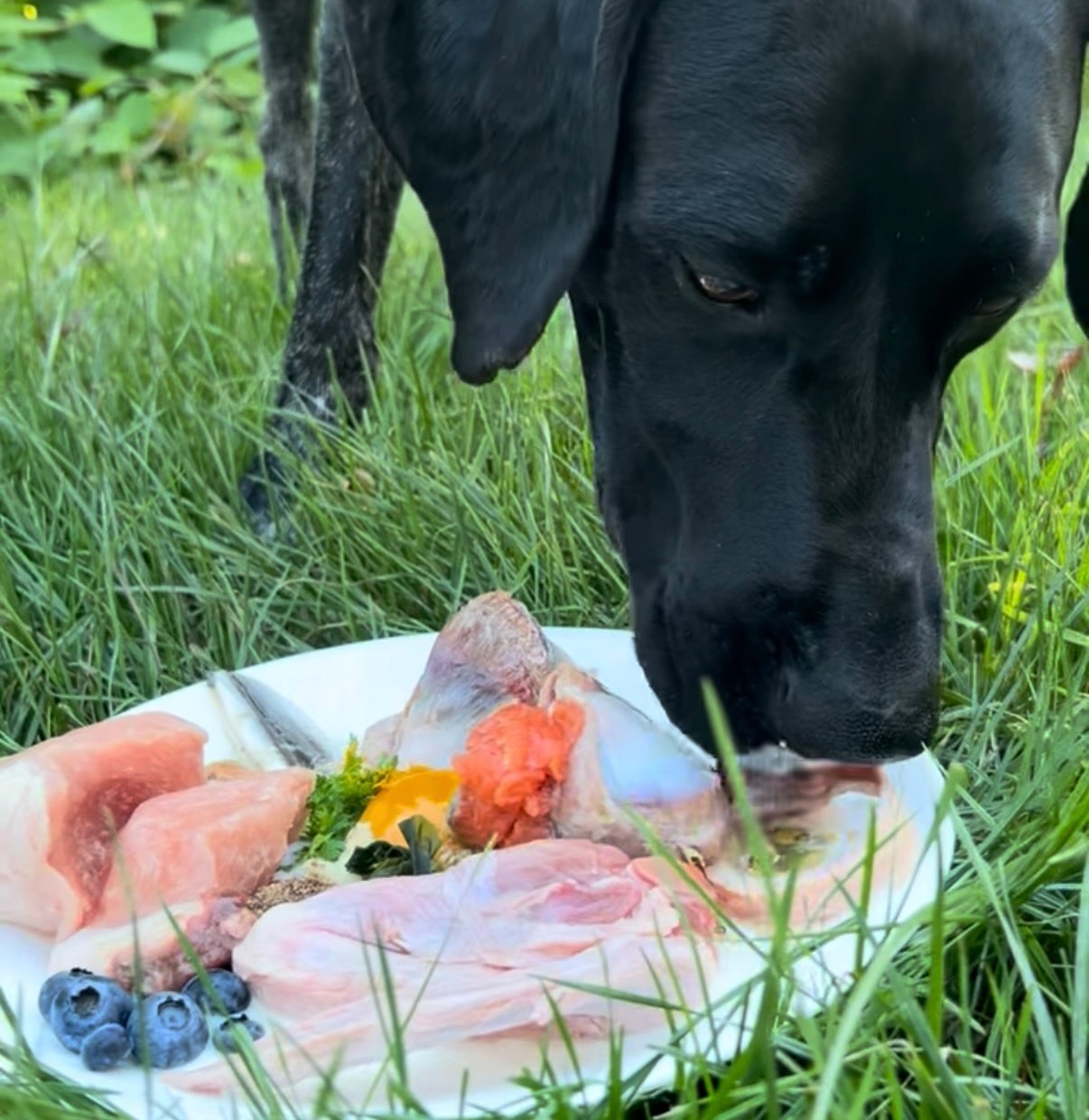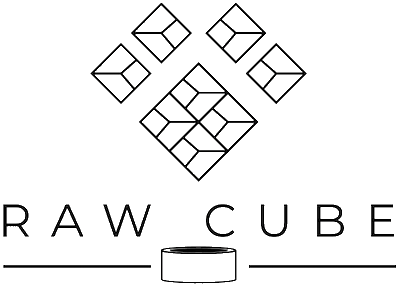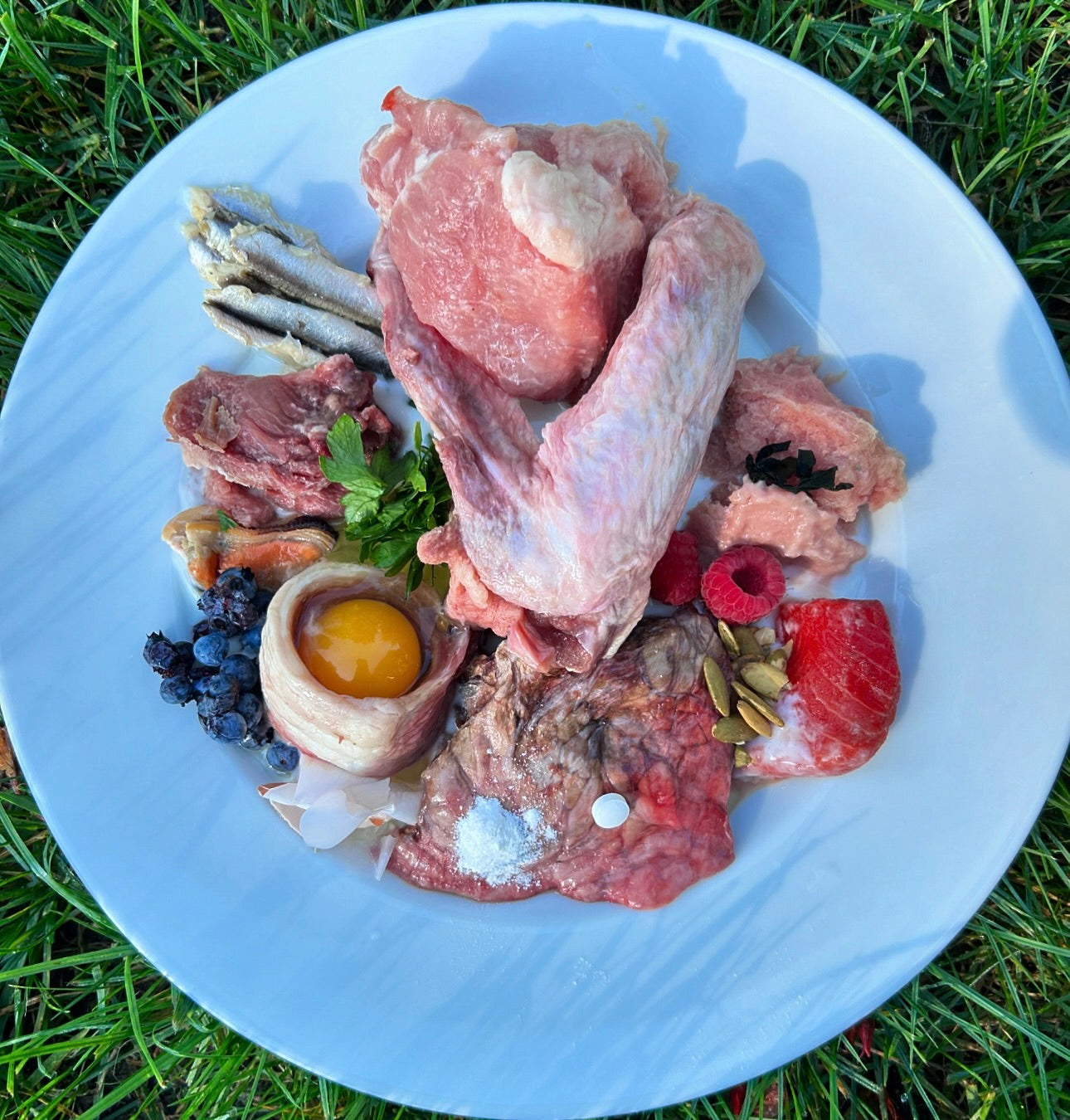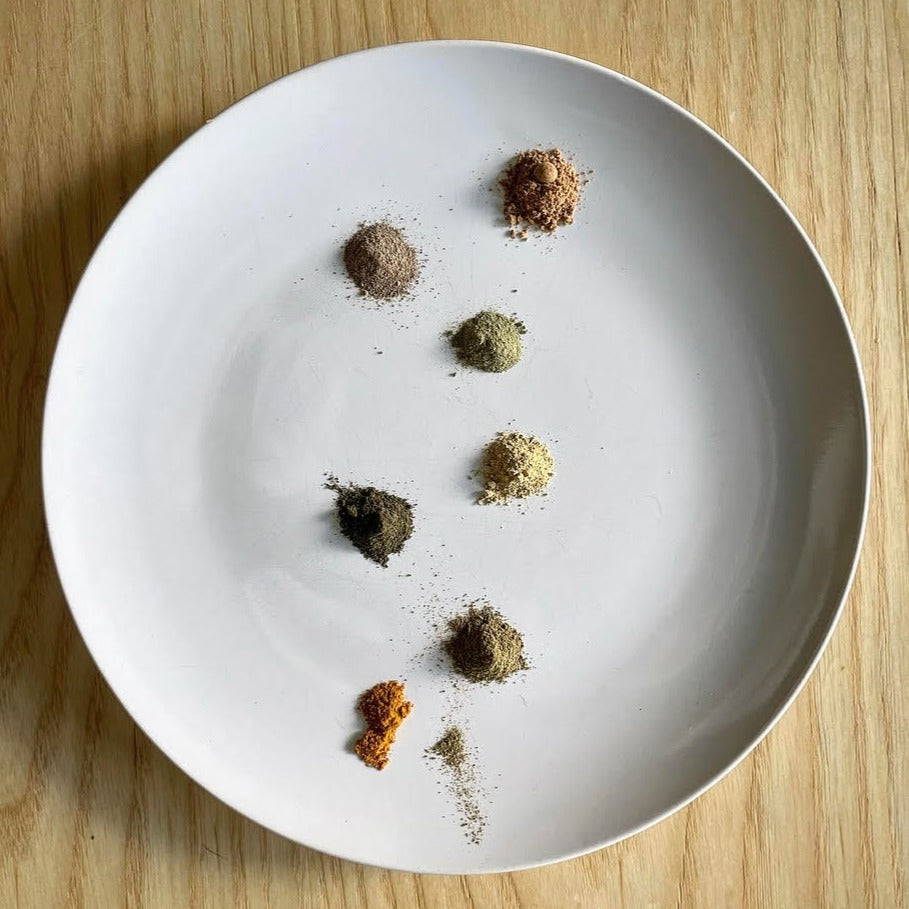
Why Feeding a Raw Dog Food Diet Can Be Intimidating — And How to Do It Right
Switching to a raw dog food diet is a growing trend among pet parents who want to provide their dogs with a more natural, whole-food approach to canine nutrition. While the benefits of raw feeding for dogs are widely discussed, many owners find the idea of preparing raw meals intimidating. Understanding the challenges, benefits, and potential risks of a raw dog food diet can help you make the best decision for your furry friend.
Why Is Raw Feeding for Dogs So Intimidating?
Raw Dog Food Safety Concerns
Handling raw meat comes with the risk of bacterial contamination, including pathogens like Salmonella and Listeria. We recommend the following for prevention : making sure your dogs food is human grade, practicing safe food handling, cleaning surfaces, and washing hands thoroughly are essential steps for anyone feeding a raw diet to dogs. If you're feeding Human Grade food, this is no different than you cooking chicken, steak, fish or even hamburgers for dinner.
Achieving a Balanced Raw Diet for Dogs
Even commercial dog food, which is formulated to meet most (not all) of the nutritional standards, a both home made and commercial raw dog food diet requires careful planning. Dogs need the right balance of muscle meat, organ meat, edible bone, and mostly like supplements (and depending on the model of raw feeding, fruits, vegetables, seeds/nuts). Without proper knowledge or guidance from a veterinary nutritionist, it’s easy to create nutritional imbalances that can lead to health problems over time as the learning curve is enormous.
Time, Cost, and Practicality
Preparing a raw dog food diet is often more time-consuming and expensive than feeding kibble or canned food. It involves sourcing high-quality meats, weighing and portioning meals, finding additional storage for meats to stay cool and or frozen (and sometimes grinding bones or organs). Lastly, to feel at ease or confident, a Canine Nutritionist to check your recipe - these nutritionists can go from $50-$250 for their services. For busy families or those on a budget, these practical barriers can make raw feeding feel overwhelming and expensive.
Mixed Veterinary Opinions on Raw Diets
Most veterinarians do not support raw feeding for dogs, and some may lack experience with raw diet formulation. Even holistic veterinarians can be subject to making wrong or misconstrued recommendations. This can leave pet owners feeling uncertain or unsupported, adding to the intimidation factor.
Benefits of a Raw Dog Food Diet
Despite these challenges, many pet owners report (including ourselves at Raw Cube!) significant benefits of raw dog food, including:
-
Improved energy and vitality (and better temperament as we have a GSP)
-
Healthier skin and shinier coats due to natural fats and nutrients
-
Cleaner teeth and fresher breath from chewing raw bones
-
Better digestion and smaller, firmer stools
-
Reduced food allergies and sensitivities in some dogs
- Slower signs of aging & inflammation of joints, skin conditions, etc,.
These benefits are often what inspire dog owners to explore raw feeding, and many see positive changes in their pets when the diet is properly balanced.
Risks of an Unbalanced or Unsafe Raw Dog Food Diet
Despite the benefits above, it is important to recognize the risks if a raw dog food diet is not done correctly:
-
Poor quality & sourcing can lead to illness in both pets and people.
-
Nutritional deficiencies or excesses can result in serious health problems like anemia, bone issues, or organ dysfunction.
-
Higher cost and time commitment may make the diet unsustainable for some households.
- Higher sensitivity to medication, vaccinations, chemicals
How to Start Raw Feeding for Dogs Safely
If you’re considering switching to a raw dog food diet, here are some tips to make the process less intimidating:
- Start small if you're feeding kibble slowly begin to add kefir, yogurt, milk, an egg. At first they may get digestive discomfort (aka diaherrea), but let their stomachs adjust slowly (think of a vegan going all in to eating meat). The above options are affordable and easy to source.
-
Consult with an experienced certified canine nutritionist to ensure your dog’s diet is balanced and safe.
- Find credible sourcing when learning about raw - There is a lot of misinformation about raw feeding. It's difficult to filter through accurate and inaccurate/ill-advised information. Our fan favorite is Perfectly Rawesome (unpaid recommendation)
-
Rotate proteins (such as chicken, beef, lamb, and fish) to provide a wider range of nutrients and prevent food sensitivities and healthier gut microbiome (think of us humans, the more vegetables and fruits we eat, the better is it is for us).
-
Practice strict food safety by cleaning surfaces, washing hands, how long meats stay out in room temperatures for, and properly storing raw meats.
-
Monitor your dog’s health for changes in energy, coat, stool, and overall well-being.
Resources:
-
Reference:
-
"Raw pet foods as a risk factor for shedding of Salmonella and Listeria monocytogenes in household dogs" (Journal of Veterinary Diagnostic Investigation)
-
"Bacterial contamination in raw meat-based diets for dogs and cats" (Veterinary Record)
-
"Owner-reported health benefits and adverse events associated with raw meat–based diets for dogs and cats" (BMC Veterinary Research)
"Perceived health benefits and adverse events associated with raw pet food diets" (Journal of Small Animal Practice)
-


